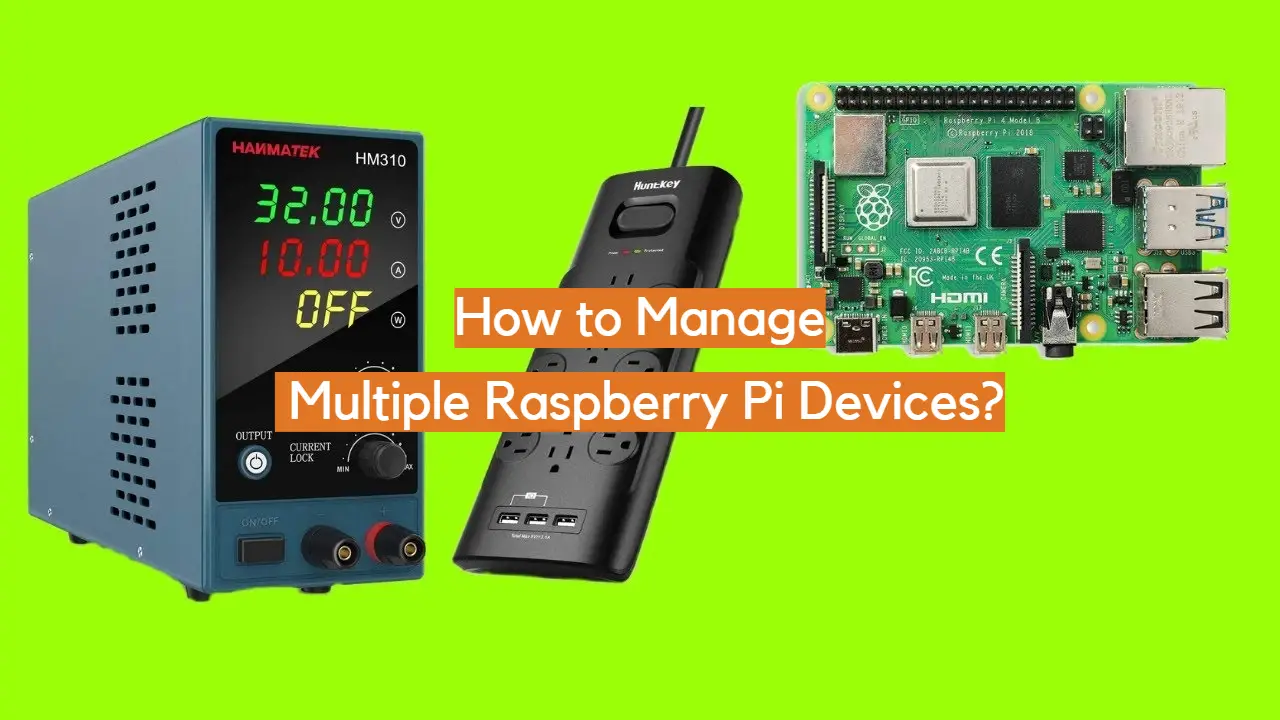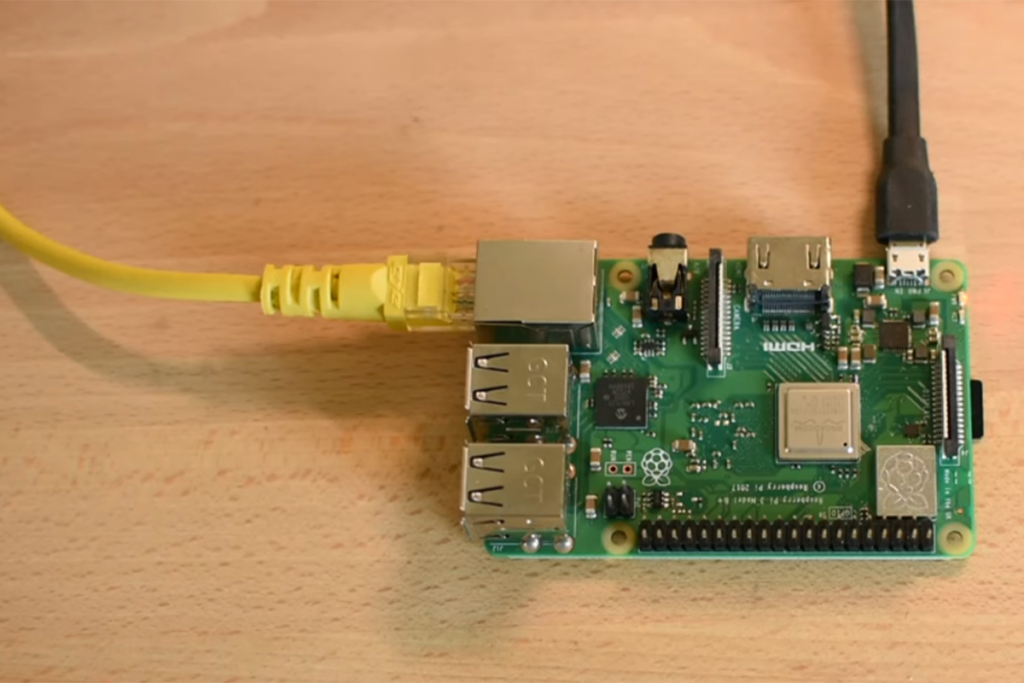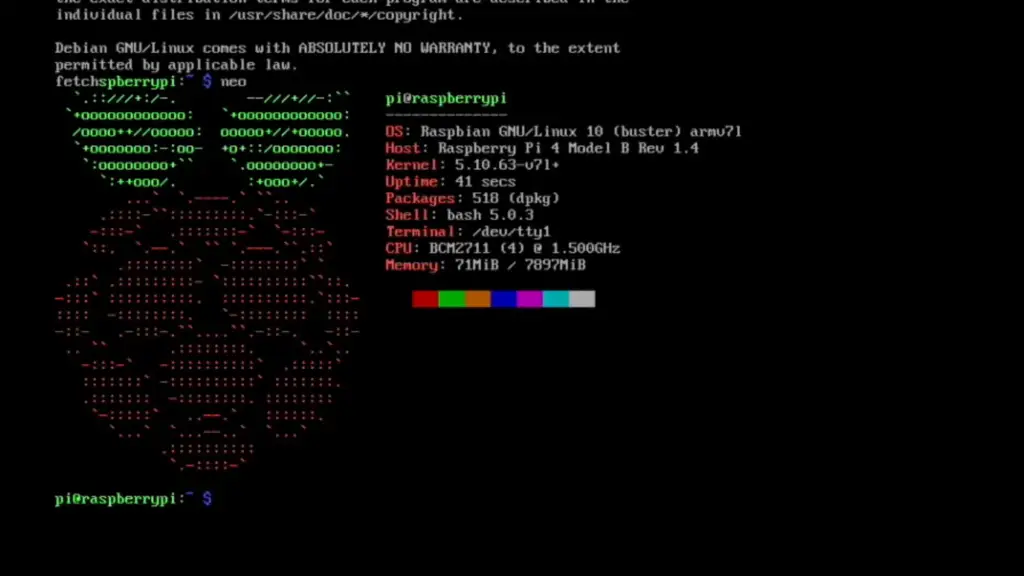Mastering Multiple Raspberry Pi Management: The Ultimate Guide!
Are you staring down a fleet of Raspberry Pi devices, each humming away with its own vital task, and feeling a growing sense of unease about keeping them all in line? You're not alone, and more importantly, you're in the right place to conquer this challenge. The ability to effectively manage multiple Raspberry Pi devices is no longer a niche skill but a core competency for anyone serious about IoT, edge computing, or even home automation.
This isn't just about keeping the lights on; it's about unlocking the true potential of these miniature powerhouses. The Raspberry Pi, born from the Raspberry Pi Foundation's vision to make computing accessible, has become a cornerstone of innovation. From controlling smart home ecosystems to powering complex distributed computing systems, the possibilities are endless. But with great power comes great responsibility the responsibility to manage, secure, and optimize these devices efficiently. Last year, I explored using Cockpit to manage Linux servers, but the world of Raspberry Pi presents unique challenges and opportunities.
| Category | Information |
|---|---|
| Topic | Managing Multiple Raspberry Pi Devices |
| Relevance | Essential for scaling projects, automating tasks, and creating complex systems involving IoT, edge computing, or distributed computing. |
| Key Challenges | Security vulnerabilities, efficient updating, remote access, resource monitoring, and maintaining consistency across devices. |
| Solutions | Centralized management tools, configuration management software (e.g., Ansible), cloud platforms (e.g., AWS), secure remote access methods (e.g., reverse SSH), and Python-based management scripts. |
| Benefits | Streamlined operations, reduced downtime, enhanced security, improved resource utilization, and simplified deployment of updates and configurations. |
| Further Reading | Raspberry Pi Official Website |
The information security officer at my internship assigned me a project to manage a network of Raspberry Pis. Picture this: a company deploying multiple Raspberry Pis to display smart screens in various meeting rooms, showing schedules and availability across different facilities. Employees could also use them for general browsing. The core need was a solution to centrally manage these devices, monitoring their activities and controlling their operations from a single point.
This echoes a problem faced by many. Another individual, overseeing a Python project running on approximately 200 Raspberry Pi 4s scattered throughout Italy, expressed a similar desire: a web console displaying the status of each Raspberry Pi, along with resource monitoring and file management capabilities. The goal is a centralized entity whether a server or another Raspberry Pi that can monitor and control the activities of all available devices.
Securing your Raspberry Pi network is paramount. Without proper safeguards, your devices are vulnerable to attacks, leading to data breaches and system downtime. Implementing strong authentication is the crucial first step. Changing the default password on every Pi is non-negotiable. Think of it as locking the front door it's the most basic, yet most effective, deterrent.
One approach involves leveraging cloud platforms like Amazon Web Services (AWS). AWS provides tools for managing Raspberry Pi devices, including cloud storage, content delivery networks (CDNs), and other services. This can be particularly useful for projects requiring scalability and remote accessibility.
- Drake Album Covers Ranked Reviewed From Thank Me Later To For All The Dogs
- Loren Asads Life From Tiktok Fame To Wedding Drama More
However, cloud solutions aren't the only answer. For those seeking more control over their infrastructure, alternative solutions exist. Configuration management tools like Ansible offer a powerful way to automate tasks across multiple Raspberry Pis. Imagine being able to deploy software updates, configure system settings, and enforce security policies on hundreds of devices with a single command. This is the power of Ansible.
Another technique involves configuring reverse SSH for remote administrative login to specific devices. This allows you to securely access and manage individual Raspberry Pis from a central location, even if they are behind firewalls or NAT.
Consider a scenario where you have a collection of Raspberry Pis running various services in your home or server room. Perhaps some of them are acting as NUT servers, monitoring your UPS systems and integrating with Home Assistant. While Home Assistant provides a centralized view of these services, it doesn't address the underlying challenge of managing and maintaining the Raspberry Pis themselves. Updating, patching, and troubleshooting each device individually becomes a time-consuming and frustrating task.
This is where tools like PiServer come into play. In simple terms, PiServer allows you to manage multiple Raspberry Pi clients from a single PC or Mac server. It offers a centralized interface for monitoring device status, deploying updates, and managing configurations.
However, it's important to note the limitations of some solutions. For example, some PiServer implementations may only support Raspberry Pi 3 clients. It's crucial to verify compatibility before committing to a particular solution.
Another potential challenge is managing multiple Python installations on your Raspberry Pis. Fortunately, tools like Pyenv simplify this process. Pyenv allows you to install and manage multiple Python versions, ensuring that your projects have the correct dependencies and avoiding conflicts.
The community surrounding Raspberry Pi is vibrant and resourceful. Online forums and communities are filled with discussions and solutions to common management challenges. For example, there are discussions on managing multiple Raspberry Pi units connected to Arduino boards, enabling communication via serial connections.
Network booting offers a solution to avoid SD card corruption, a common issue with Raspberry Pis running Debian GNU/Linux. By booting the Raspberry Pis over the network, you can eliminate the reliance on SD cards and improve system stability.
Efficient control mechanisms are paramount when managing multiple Raspberry Pi devices across your network. Whether you're on a manufacturing floor or in a smart home network, robust security and efficient control mechanisms are essential.
Selecting the right platform is crucial, whether you're managing multiple Raspberry Pi units or setting up a home automation system. Different platforms offer different features and capabilities, so it's important to choose one that aligns with your specific needs.
On March 27, 2024, Picockpit announced a press release detailing the capabilities of their platform for managing Raspberry Pi fleets. This highlights the ongoing development and innovation in the field of Raspberry Pi management.
The flexibility of Raspberry Pi allows users to choose the right setup for their needs. From simple home automation projects to complex industrial control systems, the Raspberry Pi adapts to a wide range of applications.
Managing multiple Raspberry Pi devices is a common challenge, but with the right strategies and tools, you can streamline the process and unlock their full potential. As Raspberry Pis continue to gain popularity, efficient management becomes even more critical.
Understanding the fundamentals of these devices is the first step toward unlocking their full potential, whether you're running a cluster for data processing, managing a smart home system, or orchestrating a network of IoT devices.
Consider a project using Raspberry Pi 3B+ devices for RFID detection. In this scenario, managing and updating the software on multiple devices becomes essential. A centralized server can be used to deploy updates and manage configurations across all the Raspberry Pis.
Managing multiple Raspberry Pi devices across your network demands robust security and efficient control mechanisms. These powerful tools are transforming everything from manufacturing floors to smart home networks.
This guide aims to delve into the world of remote Raspberry Pi management, covering everything from key features to expert recommendations. By the end, you'll have the tools and knowledge to manage your Raspberry Pi fleet effectively.
Ansible, in particular, should have the capability to manage your Raspberry Pi fleet, including configuring reverse SSH for multiple devices, enabling remote admin login to specific devices.
- Roberto Esquivel Cabrera Worlds Longest Penis Is It A Curse
- Warren Glowatski Under The Bridge Reena Virks Murder Explained

How to Manage Multiple Raspberry Pi Devices? ElectronicsHacks

Mastering The Art Of Managing Multiple Raspberry Pi Devices

How to Manage Multiple Raspberry Pi Devices? ElectronicsHacks